I can’t say that I am completely surprised. Since Roger Ailes was unceremoniously dismissed from NewsCorp leadership – and since the Murdock boys have taken over the reins – FOX news has transformed from “we report, you decide” to “we’ll provide the sensationalist headlines, our sponsors will enjoy the clicks.”
The headline that stands in stark example today is this:
“US Overtakes Italy to Have Highest Coronavirus Death Toll in the World After 2,000 Deaths in a Day”
Why is this disgraceful? Because articles in their online publication – as well as a deluge of source-based comments – have outed the CDC for changing the reporting criteria related to COVID-19 deaths:
“In cases where a definite diagnosis of COVID cannot be made but is suspected or likely (e.g. the circumstances are compelling with a reasonable degree of certainty) it is acceptable to report COVID-19 on a death certificate as ‘probable’ or ‘presumed.’”
The latitude given for reporting a death as a COVID-19 death is stunning by any standard, let alone a medical standard. Given that this latitude exists, it is more than reasonable – and, in fact, intelligent – to conclude that the deaths attributed to COVID-19 to achieve the “highest coronavirus death toll in the world” are inflated and inaccurate.
Further proof of inducement to inflate the number of deaths attributed to COVID-19 comes in another article published by FOX News. In the article, Minnesota Doctor Blasts ‘Ridiculous’ CDC Coronavirus Death Count Guidelines, State Senator and physician, Scott Jensen, spotlighted the obvious:
“…anytime health care intersects with dollars it gets awkward…Right now Medicare has determined that if you have a COVID-19 admission to the hospital you’ll get paid $13,000. If that COVID-19 patient goes on a ventilator, you get $39,000; three times as much. Nobody can tell me, after 35 years in the world of medicine, that sometimes those kinds of things [have] impact on what we do.”
In a previous article, I asked everyone to follow the money regarding the COVID-19 issue. I am doubling down on that advice today.
In addition to the government paying out more for COVID-19 patients and their various levels of treatment through Medicare – and in the shadow of the federal government’s want to pay for all COVID-19 treatments, we have two smoky backroom figures that keep surfacing: Bill Gate and the Bill & Melinda Gates Foundation, and Dr. Anthony Fauci, the director of the National Institute of Allergy and Infectious Diseases.
Strategic risk consultant and best-selling author, F. William Engdahl, writes:
“In 2017 during the Davos World Economic Forum, Gates initiated something called CEPI, the Coalition for Epidemic Preparedness Innovations…to ‘accelerate the development of vaccines we’ll need to contain outbreaks’ of future epidemics…
“In October 2019 the Gates Foundation teamed up with the World Economic Forum and the Johns Hopkins Center for Health Security to enact what they called a ‘fictional’ scenario simulation…Event 201 simulated an ‘outbreak of a novel zoonotic coronavirus’…The scenario then ends after 18 months when the fictional coronavirus has caused 65 million deaths.”
Prophetic or curiously and suspiciously accurate, Gates’ scenario of a SARS-based pandemic came to fruition in 2020.
Engdahl continues:
“Gates Foundation money is backing vaccine development on every front. Inovio Pharmaceuticals of Pennsylvania received $9 million from the Gates-backed CEPI…to develop a vaccine…gave the company an added $5 million to develop a proprietary smart device for intradermal delivery of the new vaccine.
“Gates Foundation monies via CEPI are financing development of a radical new vaccine method known as messengerRNA or mRNA…co-funding the Cambridge, Massachusetts biotech company, Moderna Inc., to develop a vaccine against the Wuhan novel coronavirus…Moderna’s other partner is the US National Institute of Allergy and Infectious Diseases [the] head of NIAID is Dr. Anthony Fauci.
“…the Gates Foundation and related entities such as CEPI constitute the largest funders of the public-private entity known as WHO, and that its current director, Tedros Adhanom, the first WHO director in history not a medical doctor, worked for years on HIV with the Gates Foundation…”
Aside from the fact that Gate’s company Microsoft can’t guarantee your computer won’t catch a virus, let’s ask ourselves some questions:
- How much money do Bill Gates and the companies funded by his foundation stand to make by drawing this pandemic out to employ their vaccine(s) as the end-all-be-all cure?
- How much money do Bill Gates and the companies funded by his foundation stand to make by selling the specialized delivery systems for the application of the vaccine(s)?
- How much money from the Gates Foundation is Dr. Fauci dependent on for his professional livelihood?
So, while FOX News is disingenuously (and I suspect unwittingly as they are increasingly bubblegum in their investigative reporting) acting the useful idiot for Bill Gates and the Davos crew, they are irresponsibly abdicating their duty dig into the details of what is happening, who the players are, and who stands to profit not only from this event but from all future events.
Political observers are keen to wax angrily about the “Deep State” and “The Swamp” in Washington, DC, but that smoky dark room – that “Swamp” reaches far beyond the US Capitol. It reaches and nests in Davos, Switzerland each year.
As to FOX News’ “Highest Coronavirus Death Toll in the World” claim: It’s easy to claim the number-one spot on the pandemic death charts if in that body count you include those who cough before having a heart attack or sneezing before getting into a fatal car accident.
We see you FOX News. Change your ways or die a media death like MSNBC and CNN only to be buried in the propagandist’s graveyard of obscurity and impotence, all because you sensationalized the news for profit.












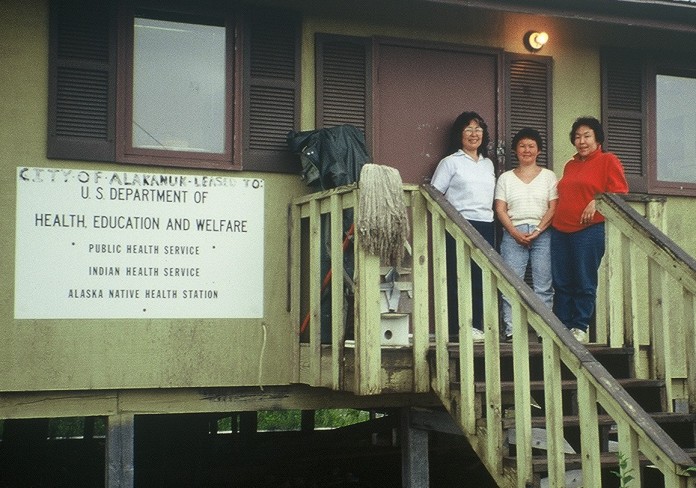










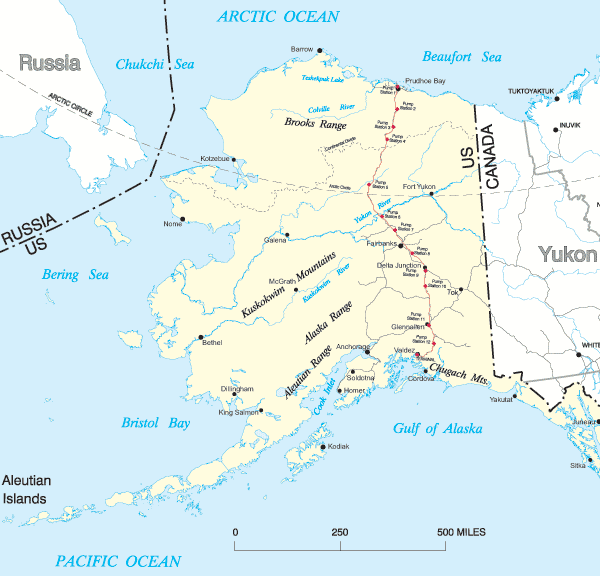
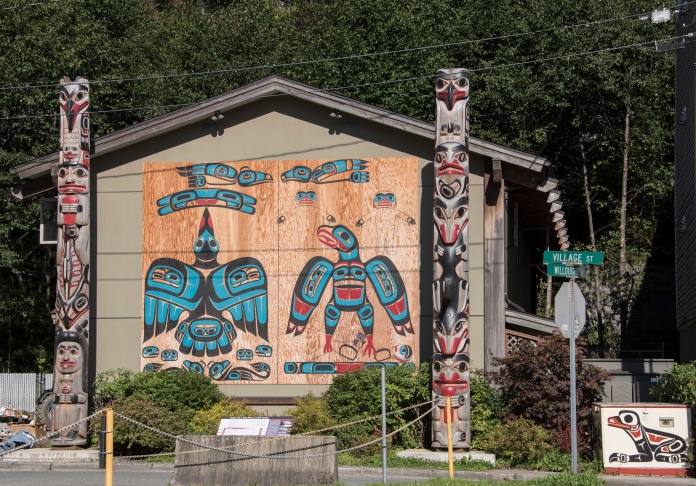
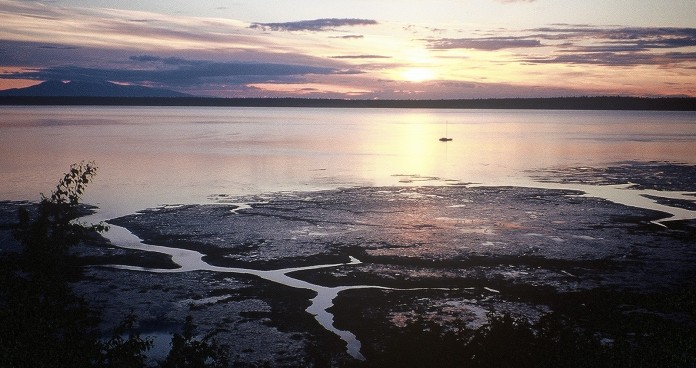
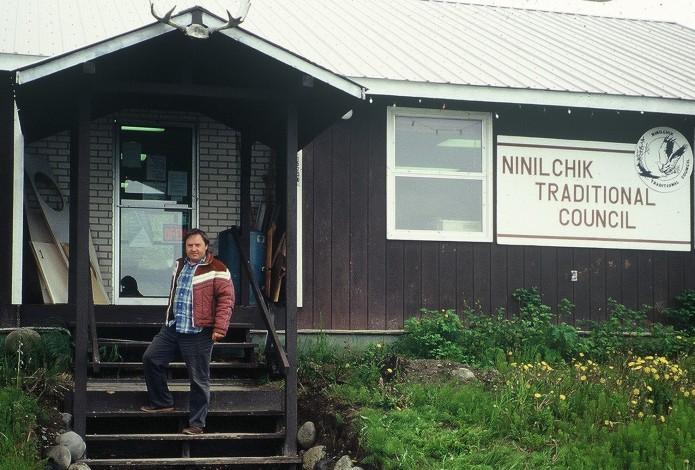
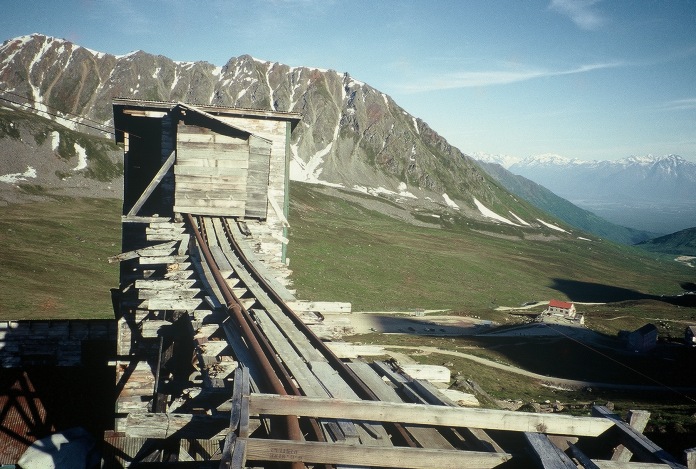
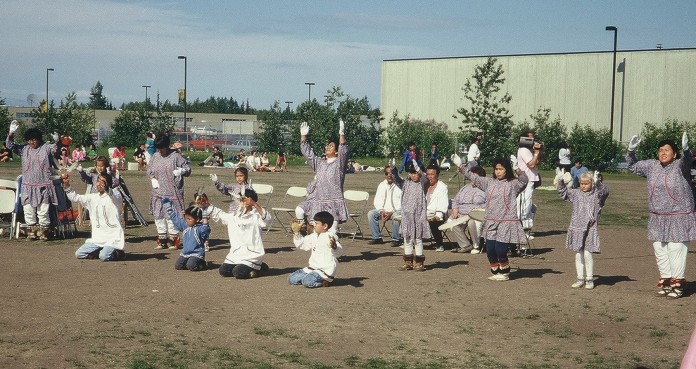
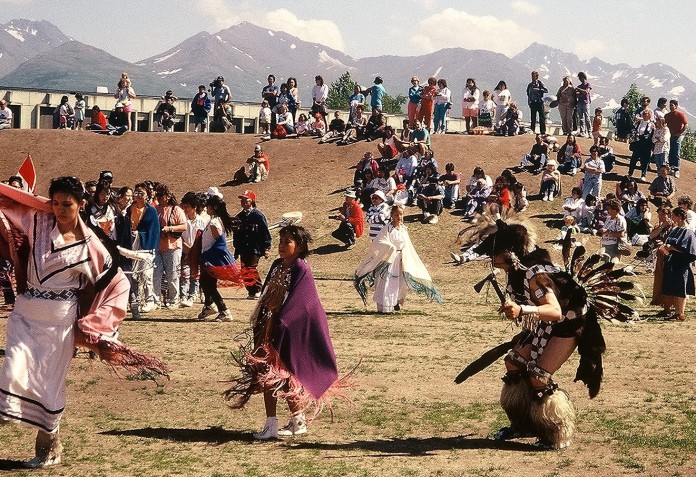
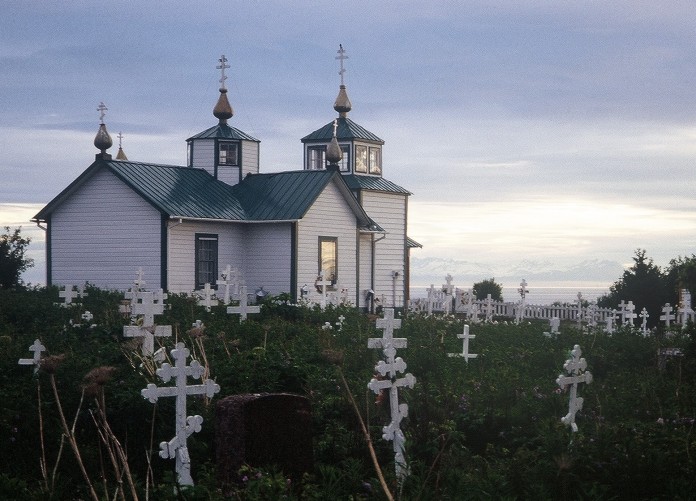



And We Aren’t Moving People Around Because?
On March 5, our Governor issued a Proclamation declaring our current state of emergency. The proclamation suspends several laws, including chapters 89 and 89C, HRS, relating to collective bargaining and public officers and employees excluded from collective bargaining, to the extent necessary to, among other things, “provide for the interchange of personnel, by detail, transfer, or otherwise, between agencies or departments of the State.” This proclamation is signed by both the Governor and the Attorney General.
On April 3, the Director of the Department of Human Resources Development told a Special Senate Committee that the Departments of Defense, Health, and Agriculture have said they need help. This is in addition to the DLIR and DBEDT, which support labor and business. He also says that the Governor hasn’t decided how to implement the suspension of the collective bargaining laws. (Earlier that same week, he was quoted as saying he was unaware that the collective bargaining laws were suspended at all.) He says that the call has gone out for volunteers to lend a hand at other agencies.
Also, on April 3, the Governor’s chief of staff told the same committee that the Attorney General is researching whether it’s possible to redeploy workers who have been told to stay home with pay.
Wait a minute. We have to pay people not to work when other departments urgently need help?
From the very first proclamation, the Governor’s Office and the Attorney General contemplated this very issue, namely how to “provide for the interchange of personnel, by detail, transfer, or otherwise, between agencies or departments of the State.” That proclamation suspended the collective bargaining laws to the extent they were in the way. So, we had some brain power focused on how to move people between departments – an issue they were anticipating – and now they aren’t doing it but instead are paying people to stay home? If, as I suspect, the plan was to move bodies around during the emergency, but the plan was walked back after someone expressed some doubt, I think there needs to be more decisive action. It brings back memories of Mauna Kea – which we wrote about a few weeks ago.
Why do we expect the problem to be solved, or partially solved, by volunteers? If you were paid the same amount to (1) stay home and not work, or (2) stay home and work and/or come in to work, which would you do? Certainly, there are some with a compassionate heart and an altruistic spirit that would choose #2. However, I suspect that they would be in the minority.
We need to lay down the law.
State workers whose talents are needed in another department need to go there and not make a fuss. Those who think they are being treated unfairly can sort this out when we aren’t in a state of emergency. If the perceived problem is a state law that requires us taxpayers to pay for no work, let’s suspend that law, because it is impeding efforts to deal with the emergency. State workers who don’t want to work and don’t qualify for special paid sick leave under the new federal laws can use their vacation time – most have plenty of it – for that purpose. In other words, those who want a vacation use vacation time. Those who want to help our State get through this emergency should do so and be paid for it. They will be much better off than thousands of us in the private sector who either can’t work (a server in a restaurant, for example) or can’t get paid (such as the owner of a small business that has been ordered closed). But we just can’t afford to pay people for nothing, especially now.